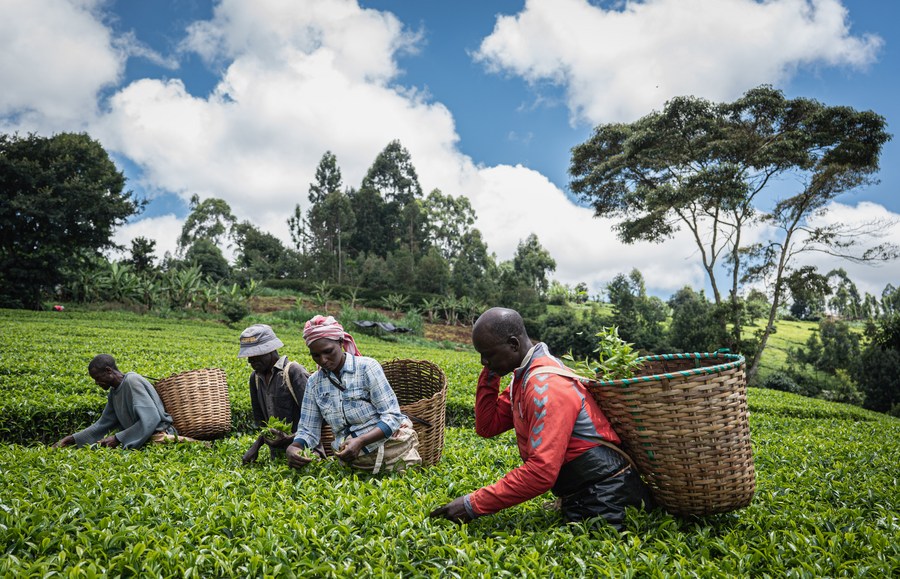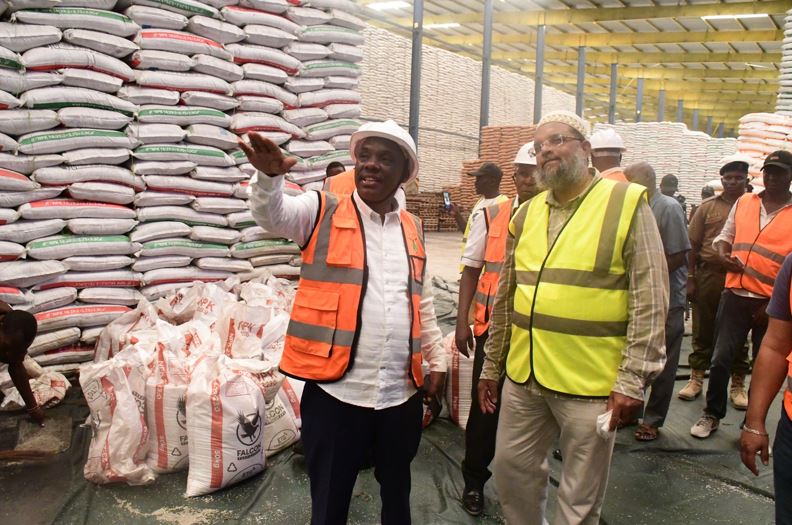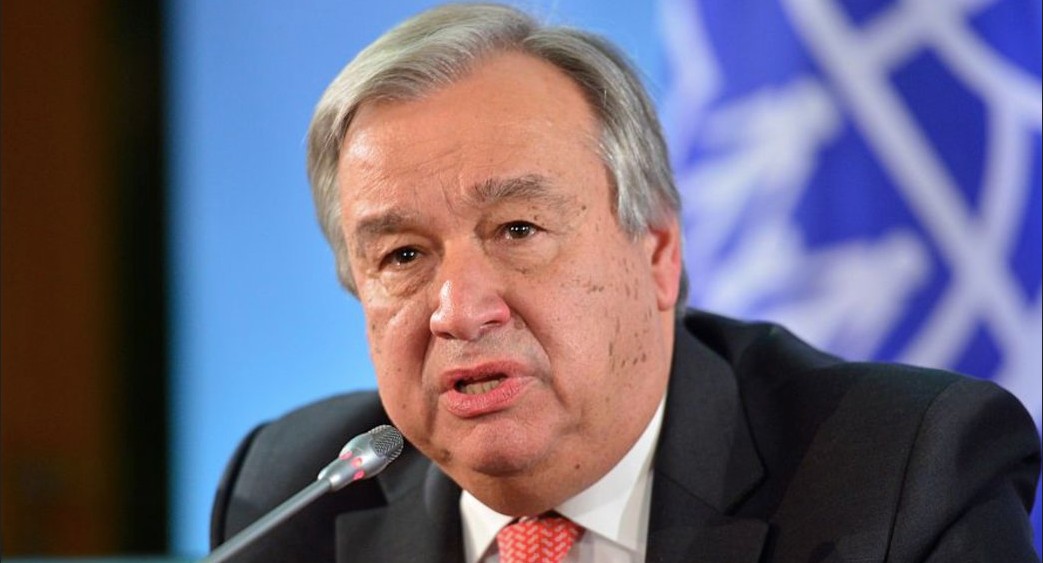Improved tea, flower exports cuts Kenya’s trade deficit by Sh23bn

A trade deficit, which is also referred to as a negative balance of trade (BOT), occurs when a country's imports exceed its exports, with imports and exports referring both to physical goods and services.
More To Read
- Kenya wants China to remove tariffs on coffee, tea, avocados as trade imbalance persists
- Kenya, Iran form joint committee to resolve tea export ban within 60 days
- Government revokes licences of tea exporter accused of irregular trade with Iran
- Cold weather comfort: How to make spicy Somali tea (Shaah) at home
- Kenya’s current account deficit surges to Sh66 billion - KNBS
- Chilli farming transforms Kilifi economy as new processing plant boosts jobs and incomes
The rise in export earnings from tea and horticulture sales during the first quarter of this year successfully reduced the country's trade deficit by Sh22.6 billion.
According to the latest quarterly economic review data by the Central Bank of Kenya, the trade balance markedly improved, narrowing to USD2,273 million (Sh295.83 billion) in the first quarter of 2024.
Compared to the same period last year, when the deficit amounted to USD2,447 million (Sh318.48 billion), it is a 7.1 per cent narrowing.
A trade deficit, which is also referred to as a negative balance of trade (BOT), occurs when a country's imports exceed its exports, with imports and exports referring both to physical goods and services.
In other terms, a bigger trade deficit means a country is buying more goods and services than it is selling, a scenario experts have argued would generally hurt job creation and economic growth.
According to the apex bank, the improvement was driven by an increase in merchandise exports, which rose to $2,004 million (Sh260.8 billion) in the first quarter of 2024 from $1,844 million (Sh240 billion) in a similar period in 2023.
"This is largely attributed to higher earnings from tea and horticulture exports," the Q1 economic review report reads.
"Simultaneously, the value of merchandise imports decreased by 0.3 per cent to USD4.277 million (Sh556.7 billion) in the period under review from $4,291 million (Sh558.5 billion) in a similar quarter in 2023, largely on account of decreased imports of chemicals and manufactured goods."
A decline in manufactured fertiliser imports was primarily responsible for the decline in chemical product imports, while a decline in iron and steel imports, primarily from the region, was the main cause of the decline in imported manufactured goods.
 Agriculture PS Paul Ronoh flags off a consignment of 400,000 metric tonnes of assorted fertiliser in Mombasa on January 27, 2024. (File Photo: Agriculture Ministry)
Agriculture PS Paul Ronoh flags off a consignment of 400,000 metric tonnes of assorted fertiliser in Mombasa on January 27, 2024. (File Photo: Agriculture Ministry)
Notably, imports from China increased by 17 per cent, accounting for 17 per cent of total imports to Kenya, making it the largest single source of imports in the first quarter of 2024.
Imports from the UAE and India also rose significantly, by USD371 million and USD351 million, respectively, accounting for 15 per cent and 12 per cent of total imports.
At the same time, imports from Africa declined by USD23 million to USD445 million, reflecting reduced imports from Egypt, one of the largest single-source exporters to Africa on the continent.
On the other hand, the value of goods exported to Africa from Kenya in the period under review was $1,811 million (Sh235.7 billion), accounting for 42 percent of total exports, driven largely by EAC and COMESA region exports.
The share of exports to the EU was 15 percent, while the proportions to the Netherlands, the United Kingdom, the United States, and Pakistan were eight, six, and eight percent, respectively.
The narrowing of the trade deficit consequently caused the narrowing of the overall current account balance, which is the difference between the country's total assets and liabilities.
It narrowed to USD857 million (Sh111.5 billion) in the period under review from USD877 million (Sh114.1 billion) in a similar period in 2023.
"This improvement was driven by a robust performance in exports, particularly in the agricultural sector with increases in tea and horticulture exports, along with resilient remittance inflows," CBK says.
"Additionally, a decline in imports contributed to the narrowing of the deficit."
Top Stories Today













































